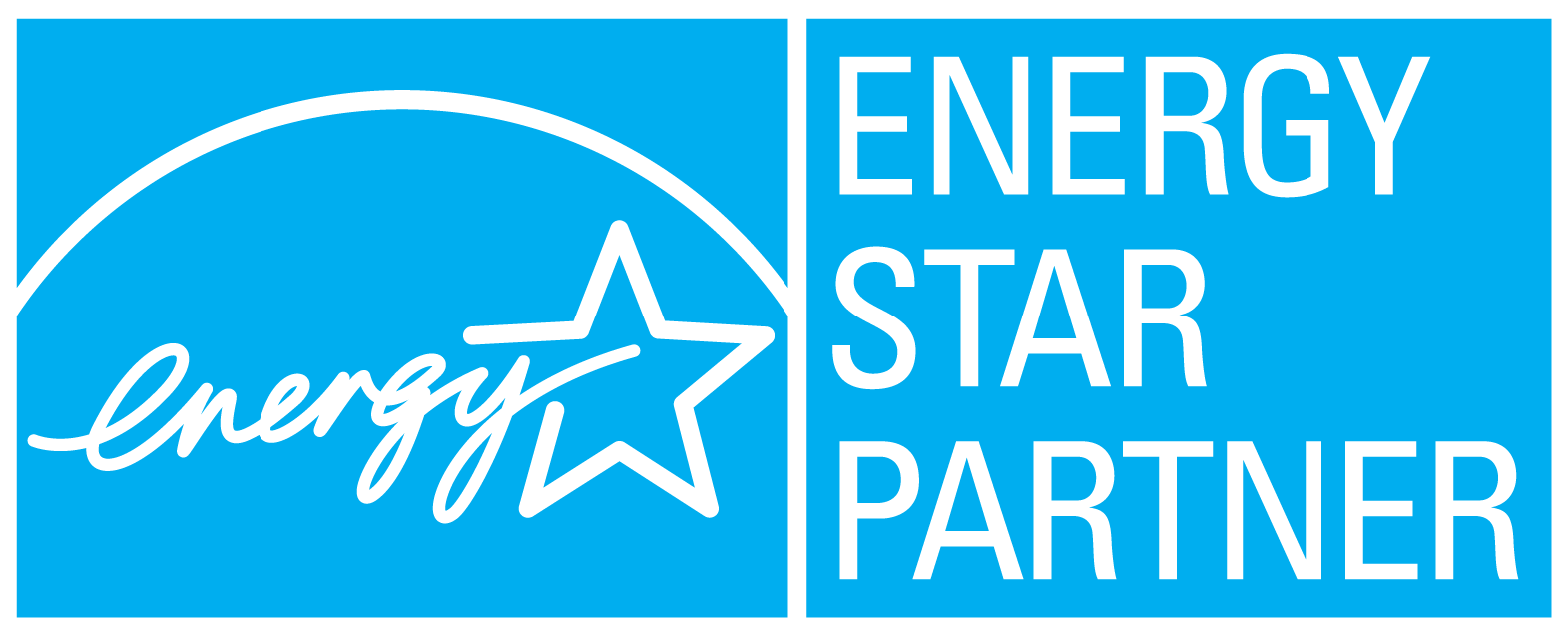In last month’s edition of the SEG Monthly we discussed the numerous components that make up your total electricity rate. For this month we will discuss the different components that make up your gas rate and how the direction of natural gas prices can impact electricity prices.
The components of natural gas rates can vary by location and provider. Understanding these components makes it easier to make gas procurement decisions. The two major components include:
Basis: Basis is the difference between the NYMEX price and the actual price at which natural gas is bought or sold in a specific location. For example, if the NYMEX price for natural gas is $3.00 per MMBtu (Million British Thermal Units), and the local (regional) price is $3.60 per MMBtu, the basis would be +$0.60 per MMBtu. The price difference is just the cost of transporting the natural gas. If pipelines are running at high-capacity transportation costs (basis) will likely increase following the fundamentals of supply and demand. The larger the volume of natural gas that needs to be delivered with limited resources, the higher the price of transportation is likely to be.
NYMEX: The NYMEX price is the cost of the natural gas commodity right now. The futures price is the cost of the natural gas right now, plus a premium that guarantees that price at some point in the future. NYMEX futures prices have currently trended towards 20–30-year lows.
While it is true that NYMEX price trends move in line with the Henry Hub and both are hitting record lows, the non-commodity component can significantly affect the final price you pay for natural gas. Even if the NYMEX price is low, an increase in the transportation cost within your region can increase your overall cost.
Why is this important?
To tie this back holistically, natural gas prices are also the largest driver of electricity prices because of how natural gas is the fuel that is used to produce electricity in major power plants. The cost of the natural gas fuel sets the marginal price of electricity so where natural gas prices move electricity tends to follow. However, even though we are seeing record lows in natural gas prices electricity prices remain stubbornly high. This can be credited to the increases in the components of your electricity that we discussed in last month’s article which includes generation, capacity, transmission, and ancillary costs. To learn more about what those components entail be sure to check out last month’s article dedicated to exploring the components of your electricity rate. Understanding these non-commodity components can assist you greatly when making energy procurement decisions.
At Sunlight Energy Group, our dedicated team employs a rigorous approach to thoroughly examine each component, enabling us to provide the best energy procurement strategy for your business. Contact us today to learn more!




